NSW farmers to share in $310m state government funding
Farmers will today be thrown a lifeline by the state government to help them cash-in on what is promising to be a bumper season. It comes as the Sunday Telegraph can also reveal construction of a new dam near Tamworth has been fast-tracked.
NSW
Don't miss out on the headlines from NSW. Followed categories will be added to My News.
- RFS boss: ‘It was like 10 fire seasons rolled into one’
- Rebirth of suburbs once deemed crime hotspots
Farmers have been thrown a lifeline – but this time it’s to help them cash in on what could be one of their best years.
NSW Deputy Premier John Barilaro will today announce a $310 million drought package for farmers, which he hopes will be a recovery package, not a rescue package, to take advantage of recent widespread rain.
Cracked and barren land west of the Great Dividing Range has become sodden and green after as much rain fell in the first four months of this year as fell during all of 2019.
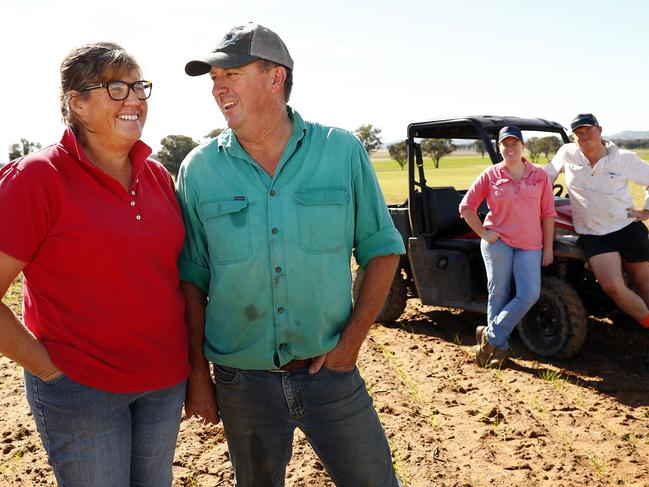
At drought-ravaged Walgett in the state’s northwest, more than twice as much rain has fallen in the first four months of this year as fell all of last year.
MORE NEWS
Unsolved sex attack linked to notorious triple killer
Bouncing back after baby just don’t call them Super Mums
The winter crop outlook is optimistic for much of the state and the area planted is likely to increase substantially compared to the last two years, according to the NSW Department of Primary Industries.
But cash-strapped farmers who have been bled dry for close to three years since the drought took hold in June 2017 have been forced to take on more debt to plough into this year’s crop, which for many farmers will be their last roll of the dice before the banks foreclose.
That is why the government will today announce a new farming stimulus package that will include $118 million for transport subsidies, $55.6 million to waive farming rates, $7m for free ute regos, $36m for free truck regos and $11.93m for mental health services.
“A lot of farmers have used every financial reserve just to survive,” Mr Barilaro told The Sunday Telegraph.
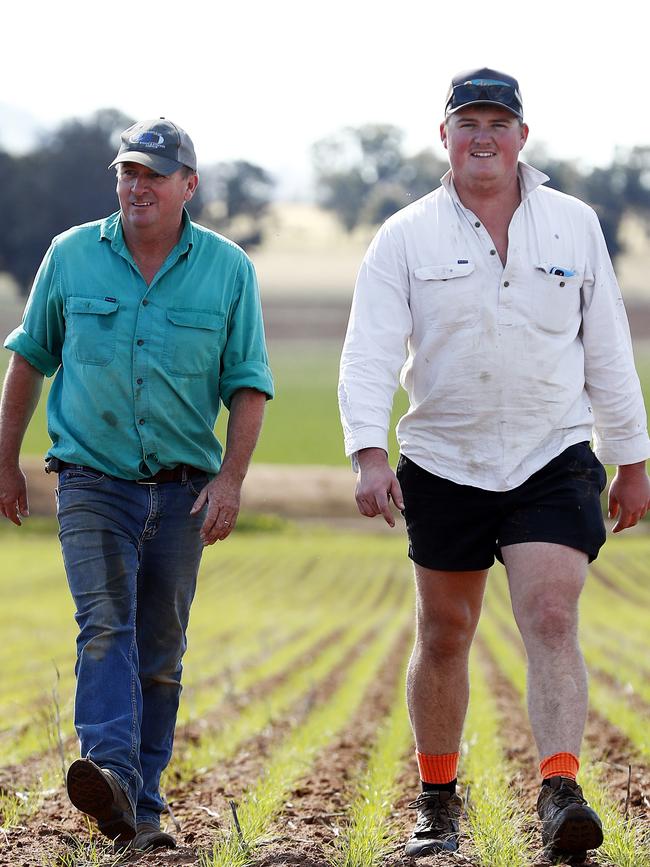
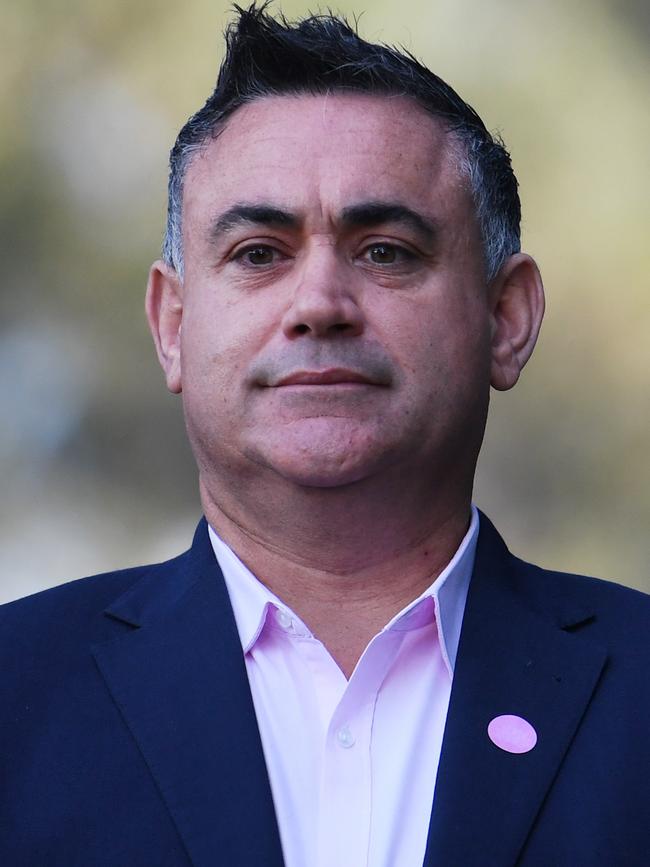
“That is why we are continuing financial relief for farmers in drought by waiving onerous fees and charges and expanding measures to turbocharge recovery out of drought.
“My message to farmers and regional communities still battling this drought is that we are with you until the end.”
Across the state farmers have taken on as much debt as banks will allow so they can afford to plant winter crops this month, including Chris Groves from Cowra in the central west.
Mr Groves, 51, is planting wheat, canola, oats, barley and vetch, with the help of his son Oliver, 19, wife Sharon, 51, and daughter Charlotte, 21.
The Groves family’s last serious payday was in 2016, before their farm was gripped by the worst farming conditions for 124 years.
“There aren’t too many farmers at the moment that haven’t had to go to the bank, cap in hand and ask for an extension on their overdraft. We’ve had to extend our overdraft. Everyone is at their debt limit,” he said.
“2017 was average, then 2018 and 2019 were horrific. Until the start of this year we hadn’t had a single 24-hour period with more than 18mm (of rain) since December 2017. The rain just never came.”
GREENER PASTURES
After three gruelling and mentally straining years, the Groves family is elated at the prospect of a big crop year — and the sight of wheat already shooting.
“We’ve had 75mm in the past week, which is just incredible,” Mr Groves said.
“This year we’ve had the best start to a cropping season since 1998, with consistent rain and nice weather.
“If we could maintain average rainfall for the district, we will have one of the best years ever.”
The unprecedented severity of the drought has meant many farmers will likely need between two and five good years in a row to return to the same financial position as they were in back in 2016.
It is estimated the drought wiped $5.7 billion off the Gross State Product in 2018-19, another $6.3 billion in 2019-20 and more losses of $4.8 billion in 2020-21 are expected — but Treasury is hoping an agriculture boom will help fill the government coffers post-COVID-19.

Green pastures, gumboots full of water and the promise of a wet winter have lifted 12-year-old Imogen Ousby’s spirits to the sky — a sky often filled with rain clouds.
Instead of sheltering from dust storms for days on end in the depths of the drought, Imogen and her brothers Jack, 10, and Angus, 7, are for the time since 2016 playing in puddles on their family farm.
Widespread rain across the Central West has made going to school more fun too, because Imogen’s teachers and classmates at St Raphael’s Catholic School in Cowra aren’t so sad.
“At school, all anyone would ever talk about was the drought and my teachers were down in the dumps, which reflected on us too,” Imogen said.
“We all though to ourselves ‘why are we still here?’.
“But now we have had rain and everyone is really happy, talking about how much rain we’ve had.”
In more good news, the Bureau of Meteorology has tipped winter — June to August — is likely to be wetter than normal for most of the continent.
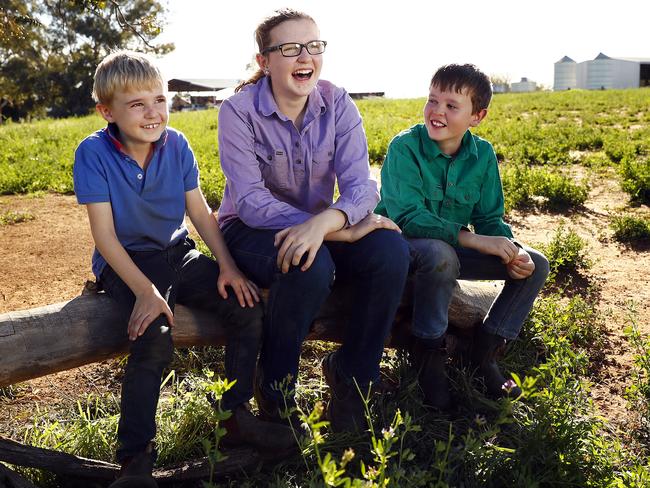
Imogen’s brother Jack is just excited he can run around in clear air and on soft grass.
“It doesn’t feel nice to run around when the grass is all crunchy during the drought,” Jack said.
“When it got dry here it wasn’t much fun because we had huge dust storms that turned the sky orange and sucked all the moisture out of the air.”
Last month the three siblings played on the fringes of floodwater, the likes of which the two younger boys had never seen.
“It was so much fun to get our gumboots full of water,” Jack said.
“I can’t remember the last time we had to tip water out of our gumboots.”
The Ousby children spent last week marking newborn lambs, from the family’s flock of 1,959 ewes.
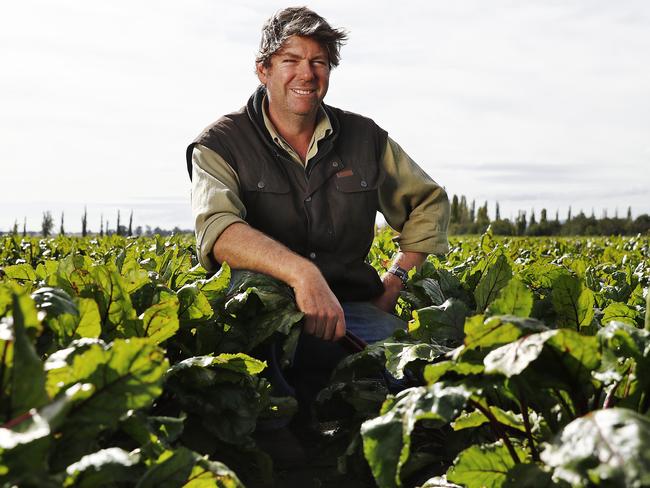
WATER WORKS
Construction of the state’s first new dam in three decades and the massive enlarging of another to hold another Sydney Harbour’s worth of water will be fast-tracked by two years to shore up water security for drought-affected farmers and country towns.
Work on the new reservoir at Dungowan, near Tamworth, and a 50 per cent expansion of Wyangala Dam, near Orange, will begin in October.
The state government will today release $245 million in funding for “pre-construction” and “early works” of the Wyangala and Dungowan dams, which will include relocating the soon-to-be flooded caravan park at Wyangala, building access roads and upgrading power to both sites.
A new pipeline will be built to replace the existing pipeline from Dungowan to the Calala Water Treatment Plant.
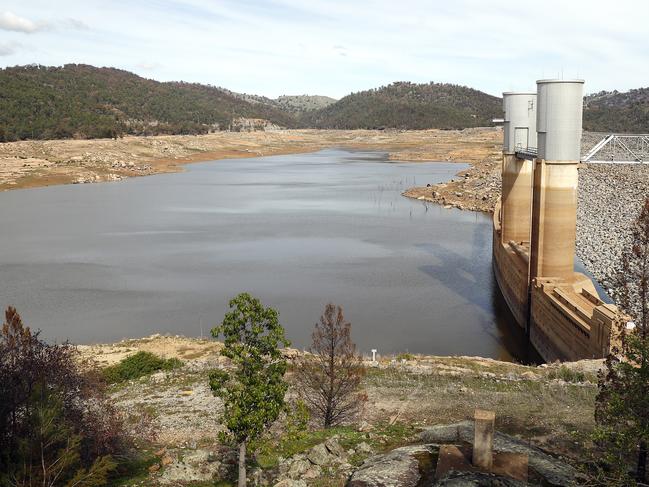
Both dams have been declared “critical state significant infrastructure” to prevent drawn-out and potentially controversial public hearings, but the state government will still need to wait until at least October 2021 before it has environmental approval to actually build and enlarge the dams. Both dams are expected to take four years to complete.
“We’re getting on with the early works like building a pipeline and moving a caravan park, so once we have all the environmental approvals and business cases we can go straight to tender and begin construction,” Water Minister Melinda Pavey said.
“Because of climate change, we need to be able to store water for guaranteed supply to farmers and towns in dry times.”
The dams are part of a $1.1 billion rescue package to save bush towns running out of water in the state’s worst ever drought, split equally between the state and federal governments.
The new Dungowan Dam above Tamworth will be worth $480 million and will secure long-term water supply for 62,000 district residents and farms in the Peel Valley.
The new Dungowan Dam will be more than three-and-a-half times the size of an existing dam, which will be knocked down once the replacement is built downstream.
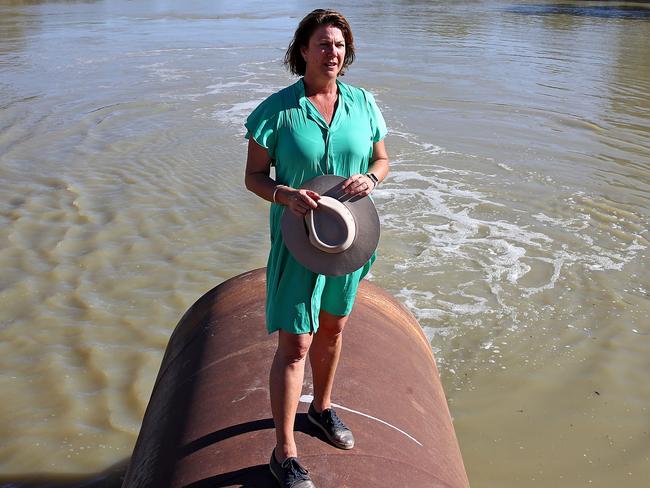
It will be the first new dam in NSW since Split Rock dam was built near Tamworth in 1987.
The Wyangala Dam will be raised by close to 10 metres at a cost of $650 million, increasing its capacity by the equivalent of another Sydney Harbour.
Wyangala supplies water to irrigators and 34,000 homes along the Lachlan River, including homes in Forbes and Cowra.
The Wyangala dam upgrade could not come soon enough for fourth generation Cowra vegetable grower Ed Fagan, who is one of the state’s biggest salad, popcorn, beetroot and asparagus growers.
Mr Fagan was 2015’s NSW Farmer of the Year and claims at one point in their lives every Sydneysider has eaten something grown on his farm.

But the Wyangala Dam is just 14.4 per cent full, which has meant Mr Fagan has lost contracts because his customers aren’t certain he will have enough water to irrigate his vegetables.
“The amount of water for irrigators will stay the same, there aren’t any new allocations, but there will be more water saved for the bad times,” Mr Fagan said.
“We can’t create more water and we don’t have the luxury of a desalination plant, but we can save more water in wet times so we can go through longer droughts.”
The $245 million includes a business case for a new dam on the Mole River near the Queensland border, which would provide water security for Tenterfield and farmers in the Border Rivers region.

